Pool heat pumps are known for their reliability, and require less maintenance than gas pool heaters. But eventually one day, you may turn on the heat, but your heat pump may decide to stay off. Assuming that you are in heating mode and not in a delay or sleep mode – there are some things to check when troubleshooting your heat pump.
Does Your Heat Pump Have Enough Power?
Heat pumps require a lot of power to operate, but let’s assume that your heat pump is wired correctly, on a large, dedicated breaker of the right size. If you have no power or no lights on the display, check the circuit breaker. Most heat pumps also have a capacitor in the system, check for cracks or bulges that would indicate failure.
Let’s also assume that your heat pump is sized properly, and not a small 50K BTU heat pump unit on a large inground pool, for instance. See this related blog post on Sizing a Pool Heat Pump.
Is It Warm Enough Outside?
Be sure that outside temperature is warm enough to provide heat. Around 50° F, heat pumps won’t heat at all, and the coil may develop ice. When outside temps are 50-70°, heating is much slower than when it is 70-90° outside. Direct sun hitting the areas around your heat pump also helps increase warmth. The panel may display a low temperature error code or message, when it is close to too cold to operate.
Does Your Heat Pump Have Enough Time to Warm the Water?
Be sure that your pool pump is running long enough each day (on high speed), and during the warm part of the day, to allow the heat pump sufficient time to heat the water. Especially for pools that don’t use a solar cover during cool nights, you may need 12 hours of pump run time to overcome heat loss, and maintain water temperatures.
Is There Enough Water Flow?
Like other pool heaters, pool heat pumps require a certain amount of water flowing through it for proper heat transfer. If the water is flowing too slowly, it simply won’t turn on. Be sure that the water level in the pool is correct, the filter and baskets are clean, and the pump running fully primed, to provide enough water flow to keep the heater pressure switch and/or flow switch in the closed position. The heater panel may display FLO as an error code, when water flow is insufficient.
Is There Enough Air Flow?
Even more than gas heaters, heat pumps require large amounts of air flowing over the coil. The coils can become clogged on the outside with dirt and debris, which restricts the air flow coming into the unit. Overhanging branches or eaves restrict the air flow coming out of the unit. Be sure that air flow into and around the heat pump is optimum, and not reduced by trees, bushes and weeds, or by walls, fences and roof overhangs. Both incoming and outgoing air flow is important for the most heat gain from a heat pump pool heater. The heater panel may display OH as an error code, when air flow is insufficient.
Is There Enough Refrigerant?
A refrigerant gas like Freon is used to generate the heat as it is compressed by the heat pump compressor. Although not common, over time small amounts of the gas can leak out. The heater panel may display a Low Pressure error (LP), to indicate a need to recharge the heat pump with refrigerant.
Now of course, it could be a defective or faulty heat pump part or component, like a pressure switch, temperature sensor, or capacitor. It could even be, in some cases, a bad fan motor or compressor motor. Most modern pool heat pumps now provide indicator lights or error codes to help in diagnosing the correct repair or solution.
Pool heat pumps operate exactly like a home air conditioner, only in reverse. As such, you’ll find that most HVAC companies can readily work with pool heat pumps, it need not be a pool service company, if you need help diagnosing or repairing a pool heat pump.

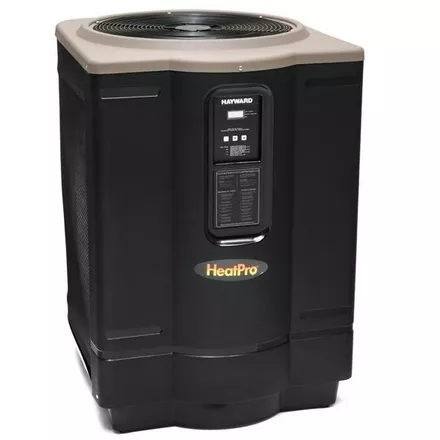
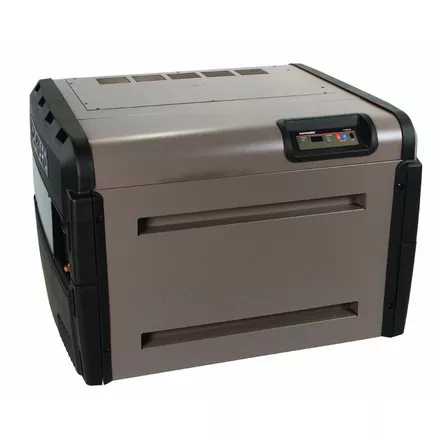
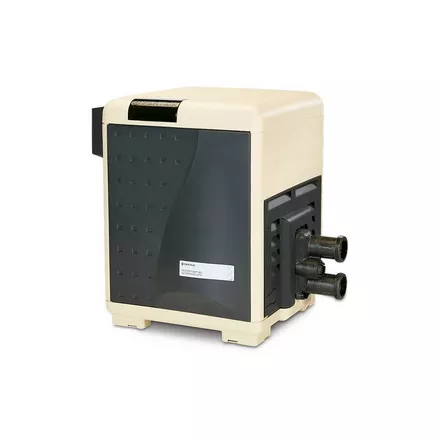
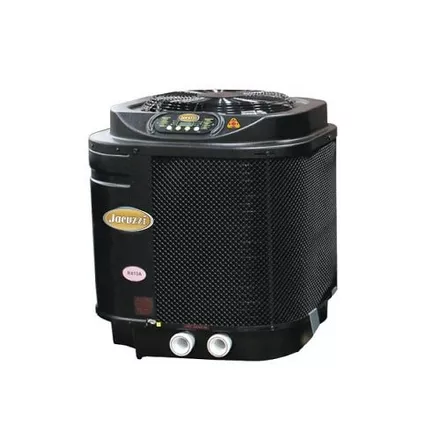
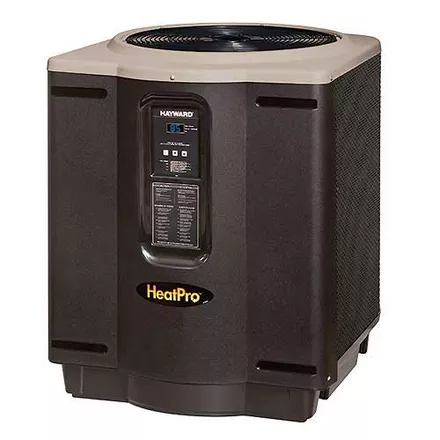
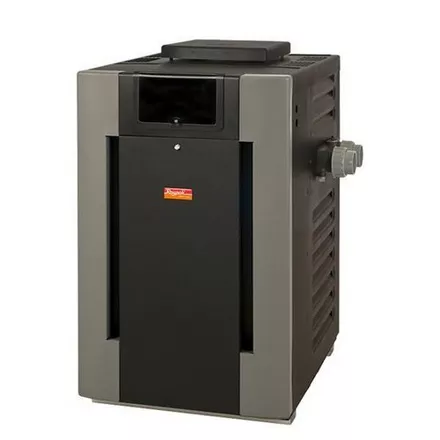

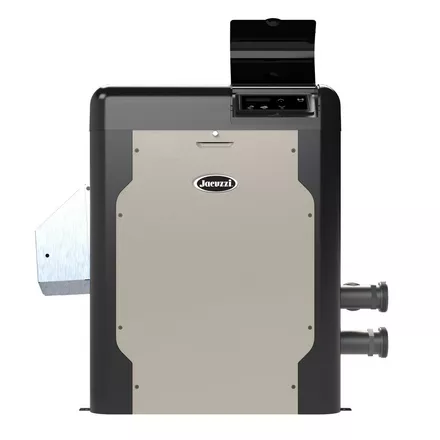
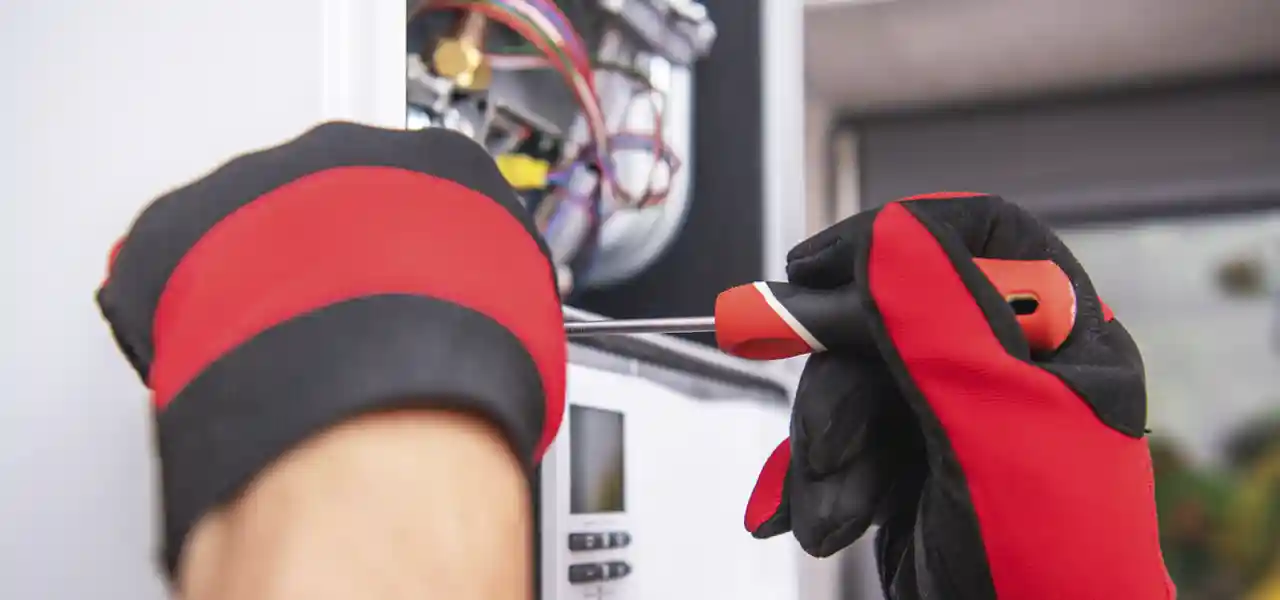
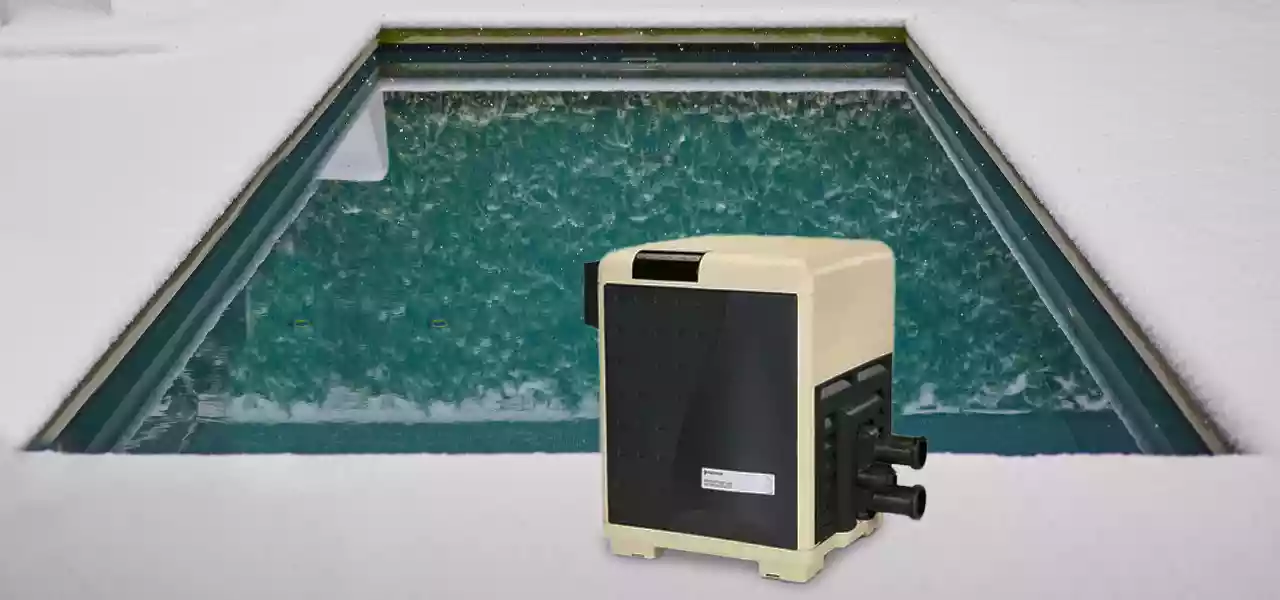
I have a Hayward HP50HA Heat Pump heater. There is no error code on the screen. The fan works but I do not feel the cold air like before. The water flow is good. It was working yesterday and today it is not worming the water.